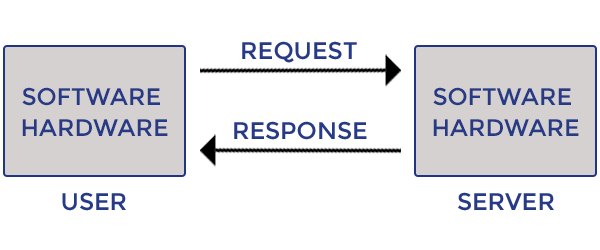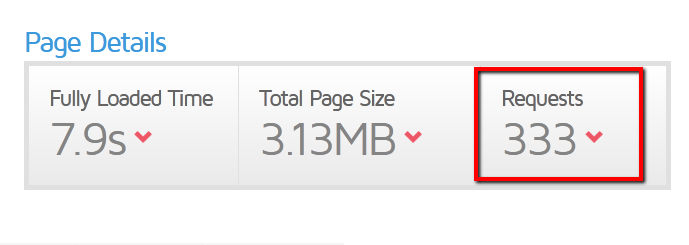Table Of Content
How to Minimize Request Size?
July 23, 2020 | 04 min read
1. Quickeread
Everyone knows if website speed is low then there will be a lot of problems with your online website. There are many more factors that affect website speed. More requests on your website this is also a critical factor to slow down your website so here you need to check your site speed in any speed test tools like GTmetrix, Google page speed Insight and find out how many requests are there on your website. If there are more requests then it will take time to load the website. If you want a faster website then reduce the server requests of your store.
When visitors visit the website, they see the loading of images and contents on their screen, in the background your browser is requesting the server and receiving files. So if there are more HTTP requests then it will take more time to load the content or images and affect the user experience, bounce rate.
In this blog, we will see what is a server request, how it will impact your website speed? What can you do to reduce them?
Let’s discuss this in more detail.
2. Tools to be used to check number of server requests
You can use below tools to check how many server requests are generating on your website. If more requests are generated then you need to minimize that requests so that your website content or images load faster and the user can be happy with your faster loading website.
- GT Metrix
- Page Speed Insights
- Pingdom
To load your site faster you need to pay attention to your site’s requests. If there are more requests then this will slow down your site. Using Gtmetrix you can check the number of requests generated on your website pages.
This tool also provides an opportunity to fix the website speed related issues. Once you are done with all the opportunity points it will help to improve the site score and reduce the requests.
3. How will it impact your website speed?
If your website contains more requests then it will slow down your webpage. It will take more time to load and result in a negative user experience on your site. It will affect your website traffic and conversion rates, which ultimately affect your sales. So you should take care of your site speed and reduce the number of server requests generated on your site. You can use the below tactics to reduce server requests.
4. How to minimize request size?
When a visitor loads your web page in their browser all files are loaded like, css, js, images, etc. Such a file is requested and it creates an additional request for the browser to process. All these requests are considered as HTTP requests. If there are more requests then the browser stops responding, as it has to wait for the unprocessed files to load until it’s done with loading the previous files, creating a load delay. So during speed optimization you may pay attention to reduce the http requests.
You can use below tools to check the http requests of your website:
These tools will help to check how many requests your web pages make. You can also see which type of requests your web pages make (images, css files, etc..)
You can use the below given solution to reduce the server requests.
Use of Lazy Loading: When a user visits your website, the entire page’s content is downloaded, if the site web page contains more images or content then it will take time to load. For Example, if your web page contains 100 or more images then instead of loading all the images at one time we can add images in lazy loading and load only required images on page scrolling.
If a page loads all the data of a user requested page then the server takes more time to load as there many requests are generated by the server to load user requested data. If you use Lazy loading to load the requested data then it helps to minimize the server requests. Instead of loading all of the images at one time, images can be loaded when the user accesses a part of the page that requires it. With lazy loading, we can load on screen images first and on scrolling of pages load remaining images so that we can reduce the site load and make it fast.
Minify CSS/JS files – Your site contains multiple CSS/JS files so rather than forcing the browser to retrieve from multiple css/js files you can combine into a one larger css file and same for the js files. Minify CSS/JS allows you to merge all CSS/JS files to one file. Doing this step you can to reduce the size of CSS/JS files and it resulted into reducing the CSS/JS requests. When the browser retrieves multiple css/js files then more server requests are generated and takes more load time to load the user requested data. So by combinIng css/js files requests get reduced and loads data faster.
Reduce the size of images you use – If you are using higher resolution images then this will negatively impact on website speed, specially when users access your website on mobile devices. Solution for this to reduce the size of images you use or optimize images. There are online tools available to optimize images or you can use Photoshop to optimize images.
Use sprites images – If you use more images separately then more server requests are generated and it will slow down your website. You can use the sprite images to reduce the requests related to images. Instead of using a seperate images icons on header like social icons, mini cart icon, my account icon, search icon. You can use the sprite image and add all these icons in a single image and use that.
Remove unnecessary shopify apps – If any app is not in use or inactive then remove these apps from the site. It will help to minimize the requests and boost site speed. Because apps can add a lot of js or css and because of these pages weights are more and it slows down the website.







